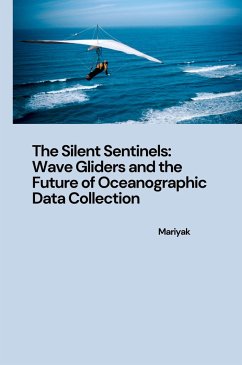
New Tool for Old Pipes: Technology for Characterizing Leakage in Bulk Systems
Versandkostenfrei!
Versandfertig in 6-10 Tagen
26,89 €
inkl. MwSt.

PAYBACK Punkte
0 °P sammeln!
The demand for water, an already strained resource in many countries and areas, is increasing, while cities are continuing to expand and populations are continuing to grow. Urbanisation, population growth, migration and industrialisation are all contributing to this ever increasing need for water (United Nations, 2015; World Bank, 2016). Water resources are, in contrast to the demand, diminishing. This is, due to the increase in demand, increased polluting of water sources, as well as the impact of climate change. It is, therefore, inevitable that a crisis will arise if current trends and beha...
The demand for water, an already strained resource in many countries and areas, is increasing, while cities are continuing to expand and populations are continuing to grow. Urbanisation, population growth, migration and industrialisation are all contributing to this ever increasing need for water (United Nations, 2015; World Bank, 2016). Water resources are, in contrast to the demand, diminishing. This is, due to the increase in demand, increased polluting of water sources, as well as the impact of climate change. It is, therefore, inevitable that a crisis will arise if current trends and behaviour persist. An unacceptable amount of this precious resource is, however, lost unnecessarily, with one of the main contributors being pipeline leakage. By monitoring the condition and leakage of distribution and transfer pipes, effective intervention can be implemented to reduce these losses. A lot of research focuses on reducing leakage from water distribution networks. The leakage from bulk transfer systems must, however, not be overseen, as large amounts of scarce and expensive water may be lost through these systems without water utilities realising it. The University of Cape Town has developed testing equipment for assessing and characterising leakage in distribution networks. The technique uses pressure tests to obtain a relationship between the combined leakage flow rate of a pipe or a pipe network and the pressure in the pipe. The characteristics of the leakage can then be investigation by interpreting the pressure versus leakage relationship and applying the Fixed and Variable Area Discharge concept, as well as the empirical N1 equation.














